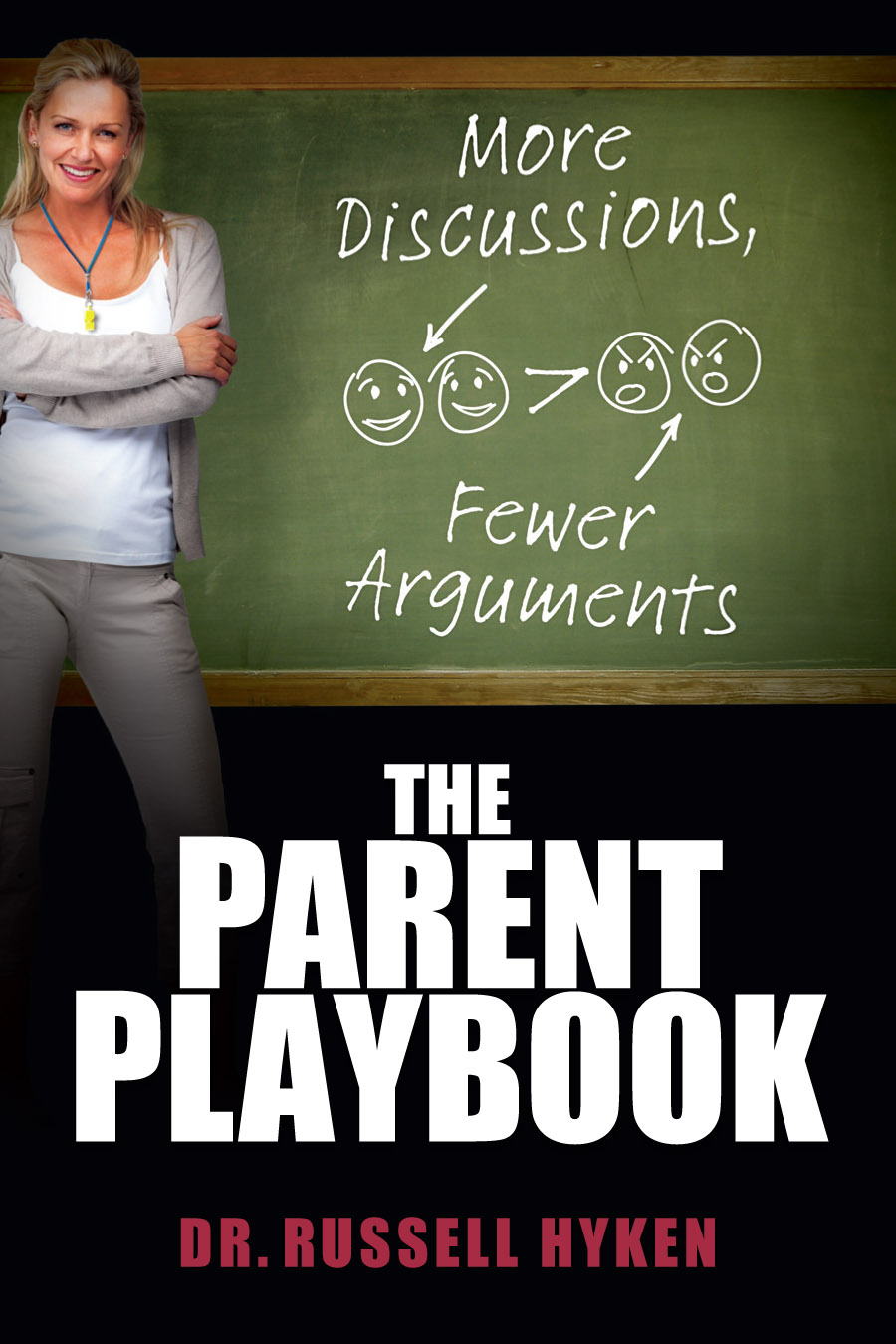Moms with ADHD
If you have a child with ADHD, there is a 60 percent chance that either you or your mate also has ADHD.
What is the difference between childhood ADHD and adult ADHD? Children with ADHD generally have problems paying attention or concentrating, can’t seem to follow directions and are easily frustrated with everyday tasks. Some will move constantly and act impulsively not stopping to think before they act. Adults with ADHD have some slightly different or additional symptoms which often include issues with time management, organizational skills, and goal setting.
Life is extra difficult when you’re a parent with ADHD. Being a mom, in general, is a hard job, whether you’re a stay-at-home parent or a busy professional trying to balance a career, kids and everything else. Yes, it is true that in recent years, men have been more hands-on with household and childcare responsibilities; the bulk of the work still, however, lands on the woman. Balancing a slew of commitments can get overwhelming for anyone, let alone a person with ADHD.
It can be difficult to identify adult ADHD because many women who have ADHD also have depression, anxiety or some other co-occurring condition often as a result of behaviors associated with their undiagnosed ADHD. You feel bad because you can’t focus or organize life. Further, when treating those other mood issues one does start to feel better, but the ADHD symptoms are still present.
ADHD must be addressed as a family issue when the mother has ADHD. Most mothers are so used to tending to the needs of others that they often overlook their own needs. It can be difficult for many women to admit that they can’t do it all. Accept your attention challenges and go with it.
Here are a few tips to manage your ADHD, but, in reality, they are good for any parent, not just attentionally challenged ones.
- Create Structure –Structure is the key for calming the sensation of being overwhelmed. Without it, inertia can set in, leading to even more stress over time. When creating a structured schedule, record everything you need to do each day and make sure to block free time, too.
- Take a Step Back – Reassess your situation and options. Can you switch your work schedule to better accommodate your life obligations? Do you need to hire some help…..a housekeeper, professional organizer, or baby sitter. Don’t think of this as a luxury; rather, as an accommodation so that you can manage your schedule without falling apart – which could really be expensive.
- Set Limits – say ‘no’ to the things that are not a good use of your time, or things that do not make you happy. Saying no can feel uncomfortable, especially if you’re a people-pleaser. Determine which activities provide energy and which drain you before agreeing to anything.
- Revise Your Expectations – Avoid setting the bar too high by comparing yourself to others. Don’t expect your home to look like your neighbor’s or sister’s. Give yourself some slack. Create a happy environment not a perfect one.
Having ADHD doesn’t make you a bad mother! On the contrary, having ADHD gives you the ability to empathize with your children, come up with creative solutions for problems, and create a loving, nurturing and exciting home for you and your family. Learn to appreciate the gifts and minimize the weaknesses of ADHD.

